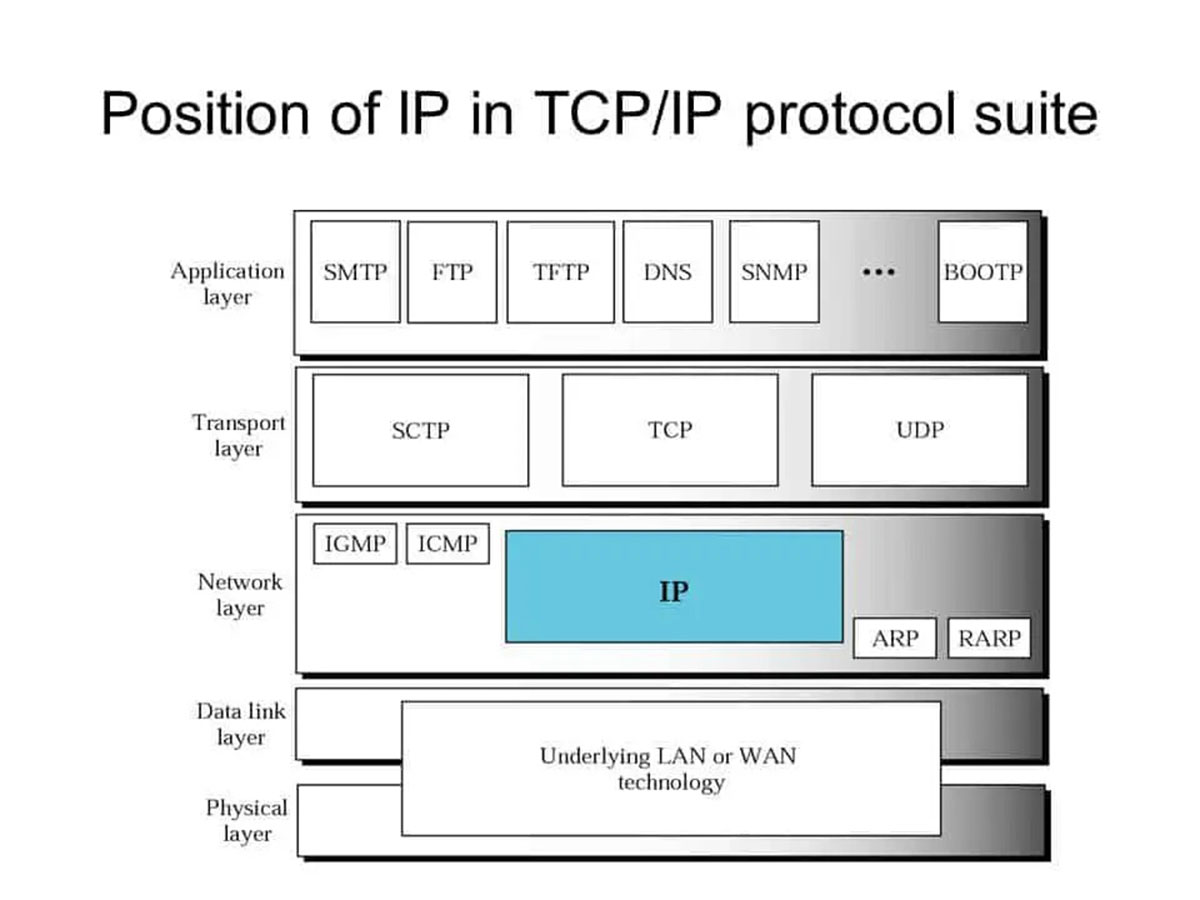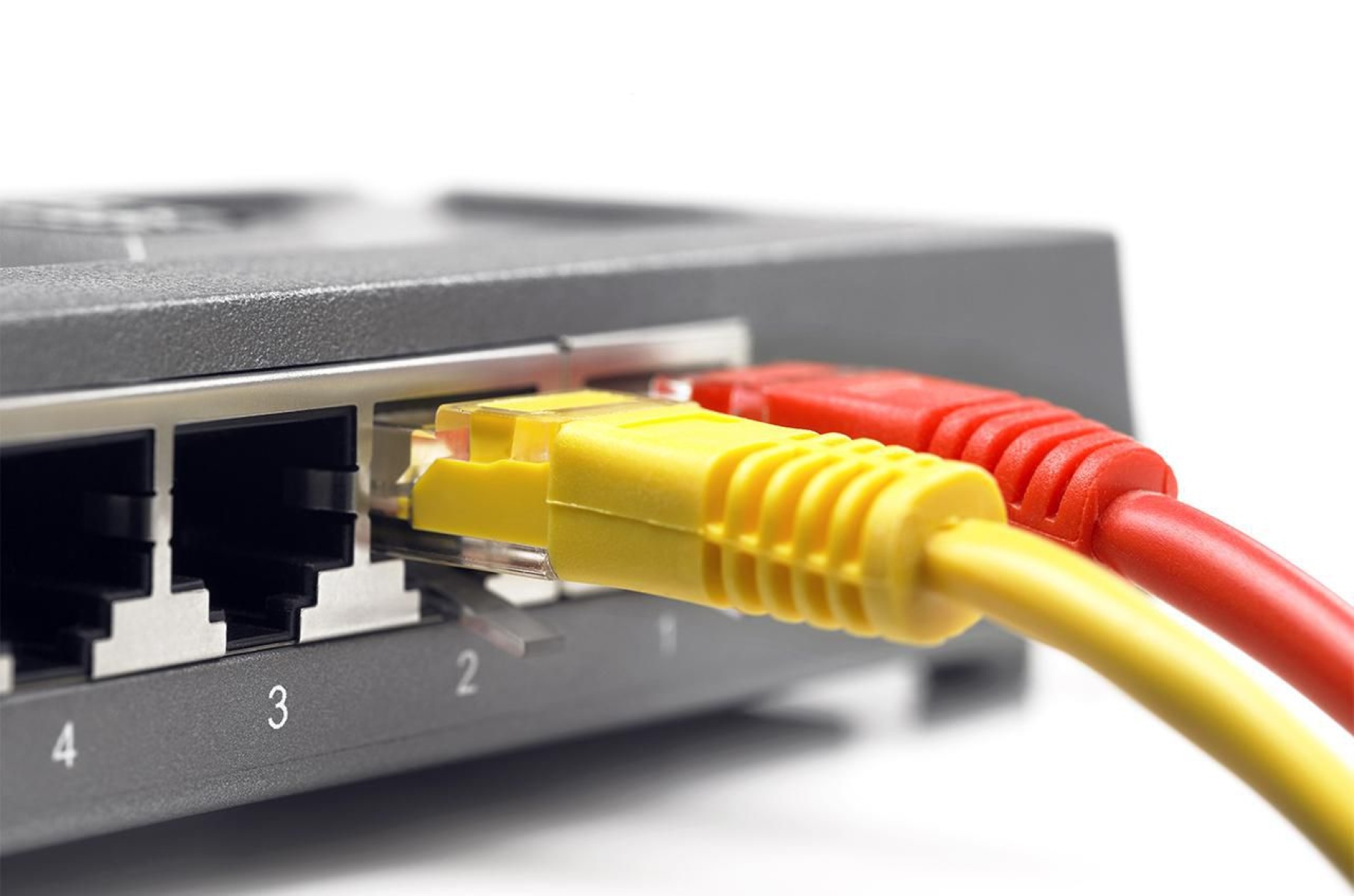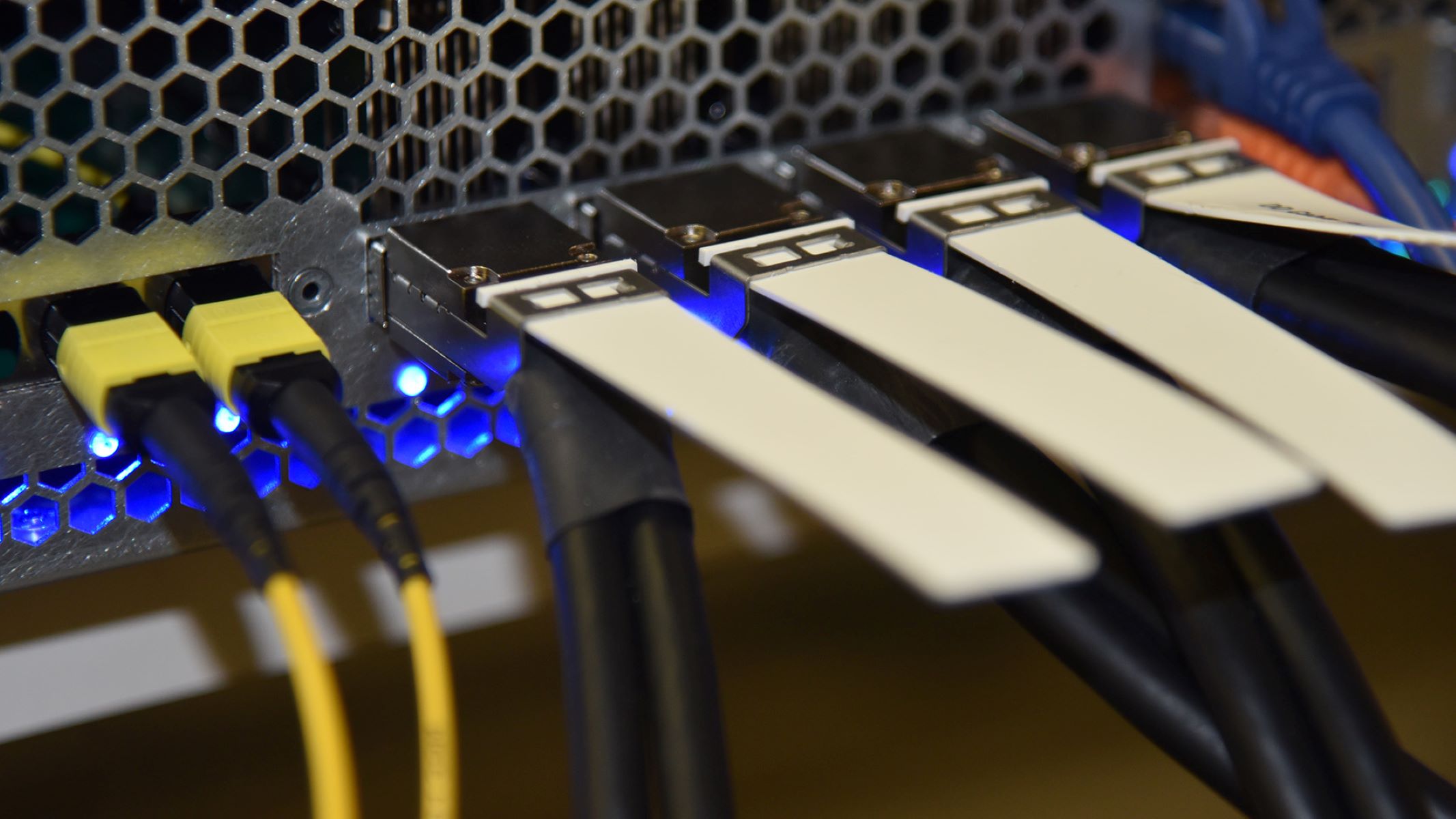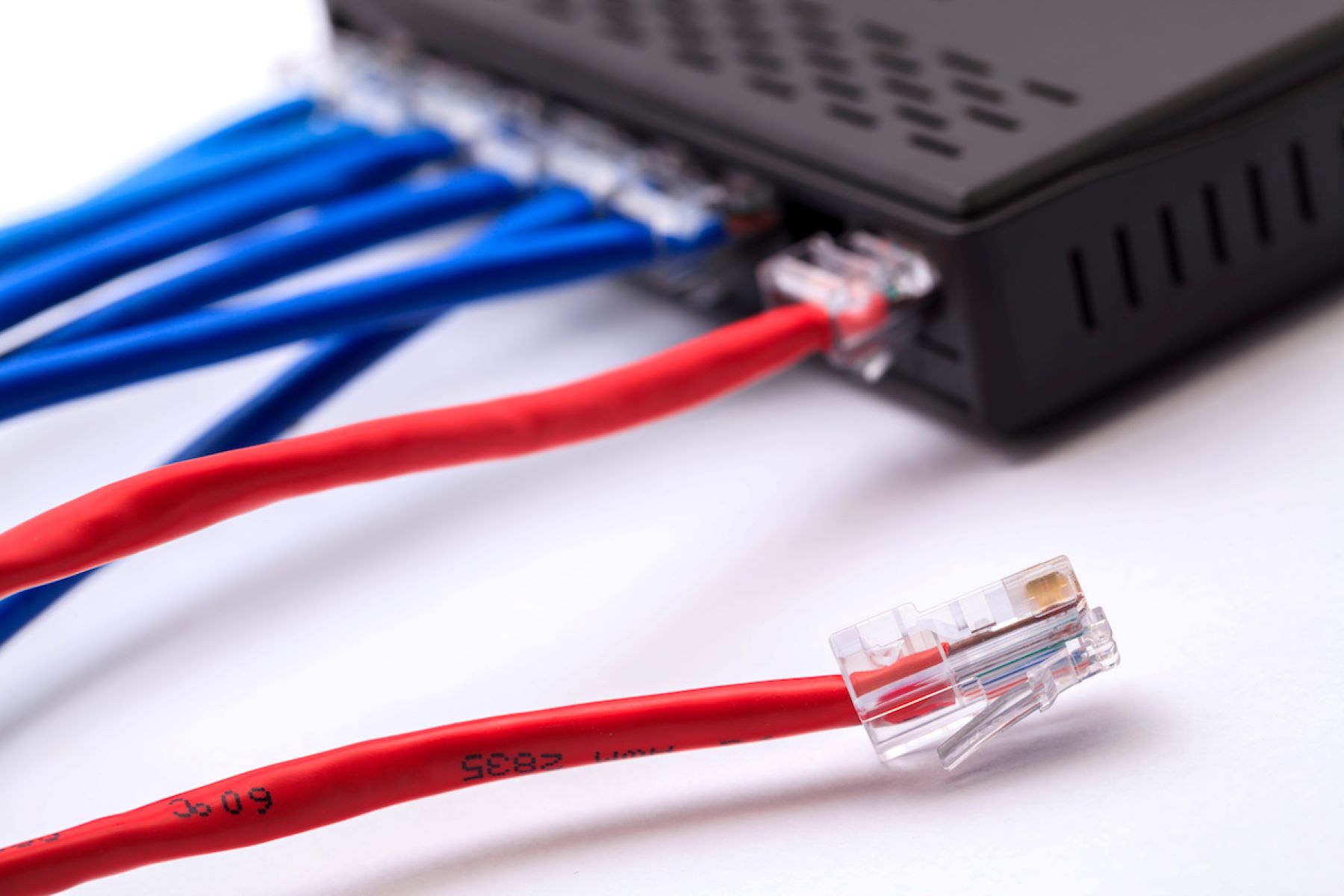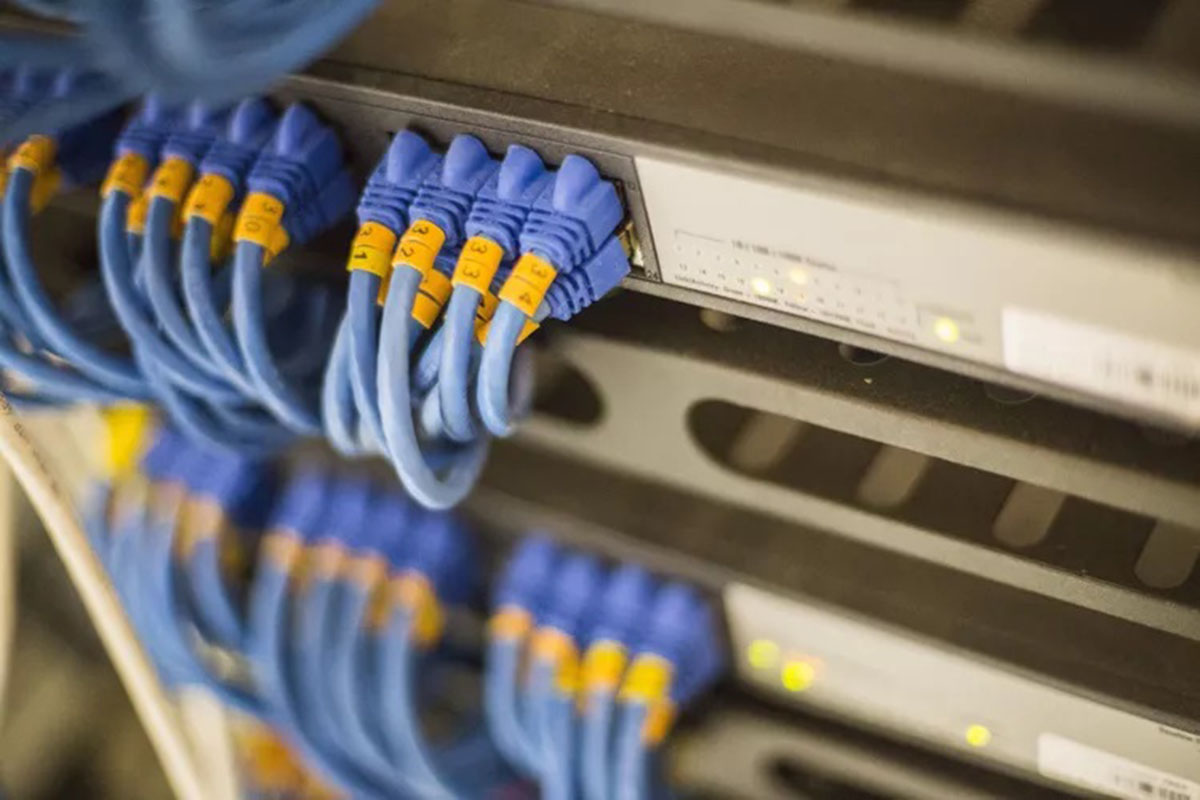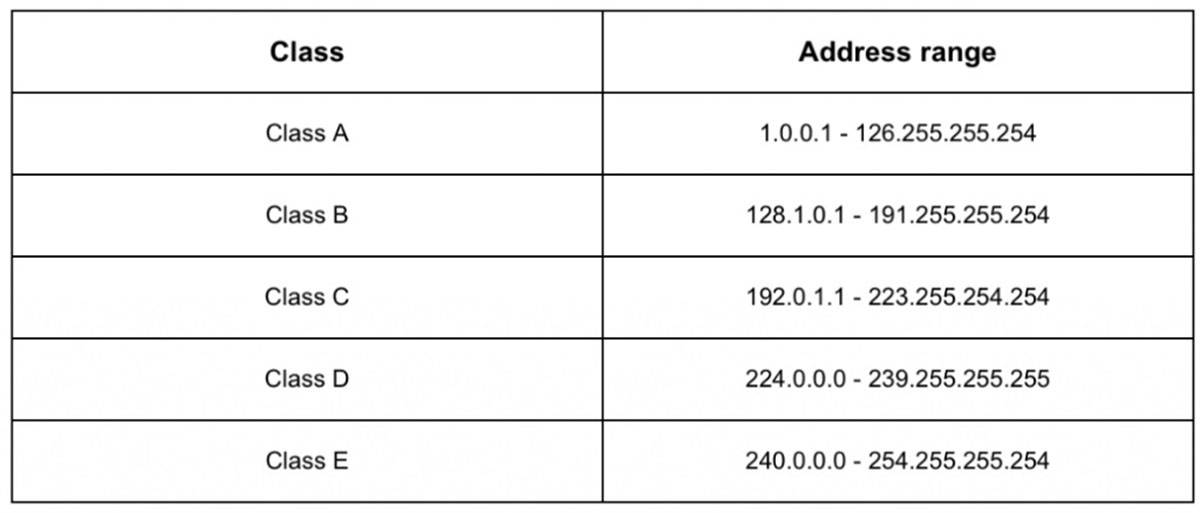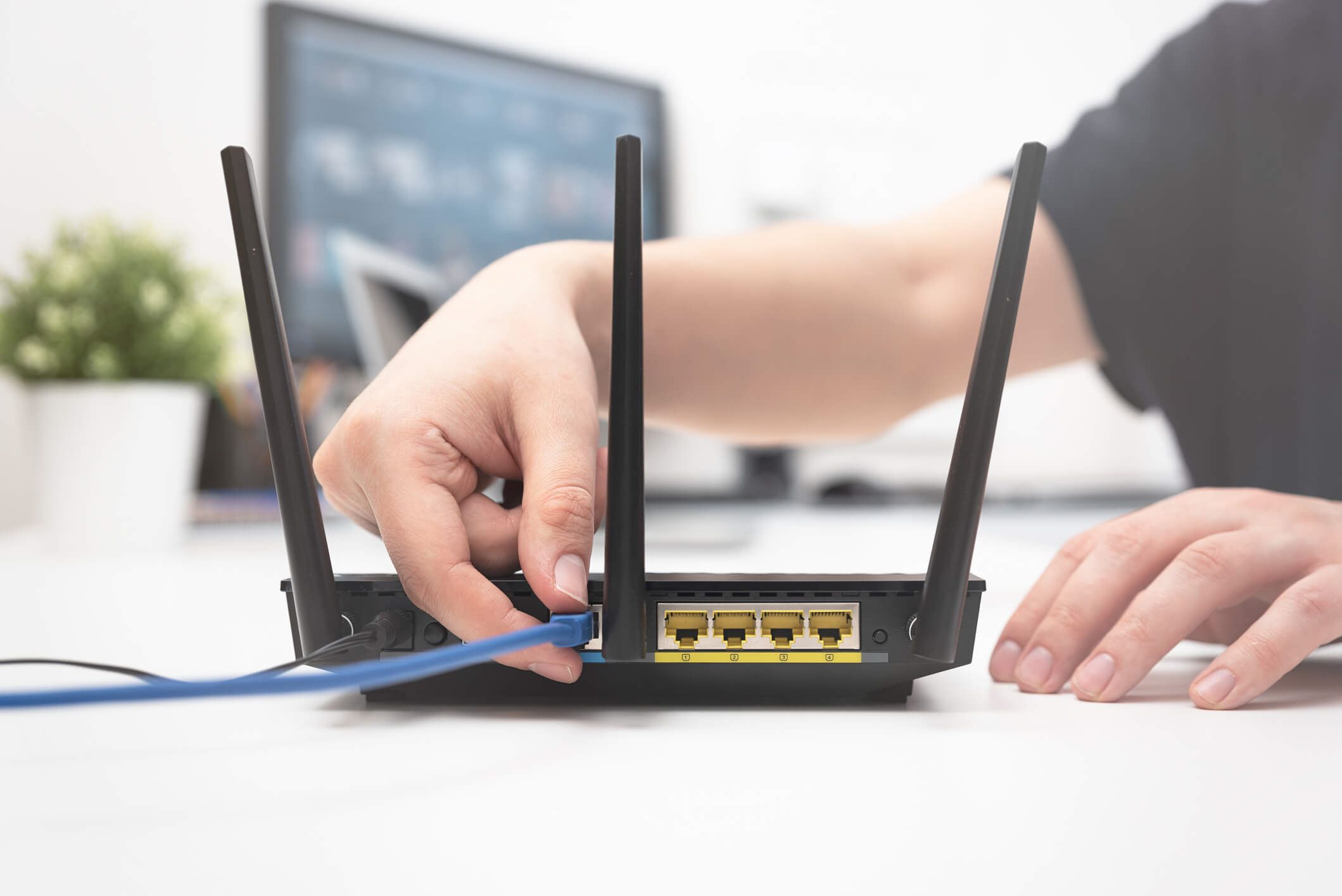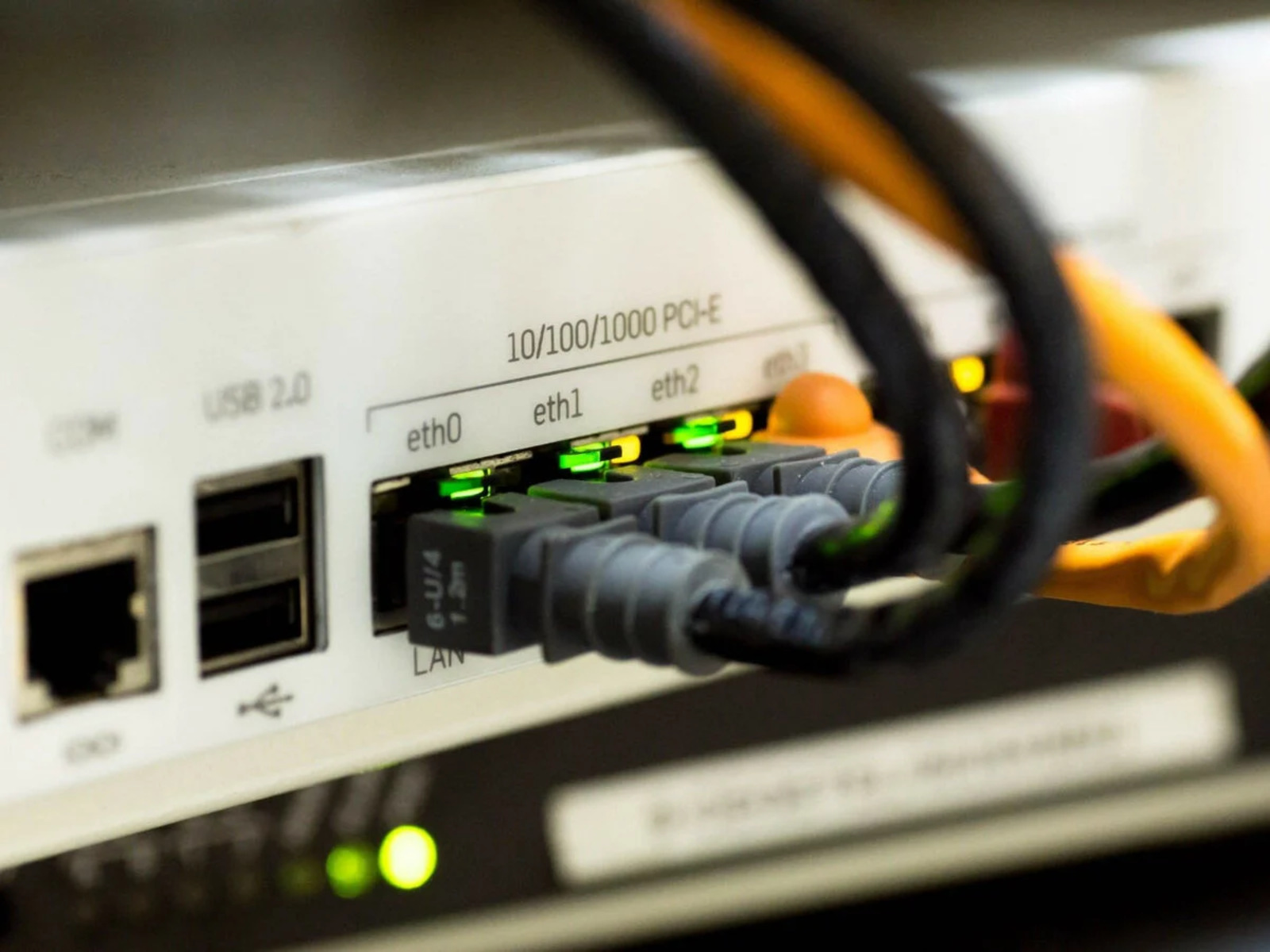Introduction
When browsing the internet, streaming videos, or checking emails, we often take for granted the seamless transmission of data across the vast network. Behind the scenes, the Internet Protocol (IP) plays a crucial role in ensuring that data packets are accurately delivered to their intended destinations. Understanding the basic characteristics of the IP protocol is essential for anyone seeking to dive deeper into the world of networking and internet technologies.
The IP protocol, short for Internet Protocol, is the principal communication protocol that enables the functioning of the internet. It provides the guidelines for sending and receiving data packets between devices on a network. In simpler terms, it acts as the “language” that devices use to communicate with each other over the internet.
In this article, we will explore the basic characteristics of the IP protocol, shedding light on how it facilitates reliable and efficient data transmission. We will delve into topics such as addressing, routing, packet fragmentation, and protocol versioning. By understanding these fundamental aspects, you will gain a greater appreciation for the IP protocol’s significance in keeping the internet running smoothly.
So, let’s embark on this journey to uncover the inner workings of the IP protocol and discover the key characteristics that underpin its functionality.
What is the IP Protocol?
The IP protocol, as mentioned earlier, stands for Internet Protocol. It is a set of rules and guidelines that govern the transmission of data packets across a network. The IP protocol is a vital component of the internet, as it allows devices to communicate with each other by assigning unique addresses and routing data packets efficiently.
At its core, the IP protocol is responsible for addressing and routing packets to their intended destinations. Every device connected to the internet has a unique IP address, which serves as its identifier. When you request a webpage or send an email, data is split into smaller packets and labeled with the IP addresses of the source and destination devices.
One of the key features of the IP protocol is its capability to handle addressing. IP addresses are divided into two types: IPv4 and IPv6. IPv4, the most commonly used version, consists of a series of four sets of numbers, separated by periods, such as 192.168.0.1. However, with the rapid growth of internet-connected devices, IPv4 addresses are becoming scarce. The IPv6 protocol was introduced to address this issue and provides an extensive pool of unique addresses.
In addition to addressing, the IP protocol is responsible for routing packets across the internet. Routers, the devices that connect different networks, use the IP protocol to analyze the destination IP address of each packet and determine the most efficient path for delivery. This routing process involves looking up routing tables, which contain information about network connections and gateways.
The IP protocol also incorporates features like packet fragmentation to ensure efficient data delivery. When data packets are too large to fit into a single network transmission, they are divided into smaller fragments. Each fragment carries a specific portion of the original packet and includes additional information to allow for reassembling once all fragments reach the destination.
Furthermore, the IP protocol supports different versions, each representing advancements and improvements in the protocol’s functionality. IPv4 has been widely used for many years, but IPv6 has started gaining adoption to accommodate the increasing number of internet-connected devices worldwide.
Overall, the IP protocol is the foundation of data transmission on the internet. It provides the structure and guidelines necessary for devices to communicate efficiently. By understanding the basics of the IP protocol, you gain insight into the inner workings of the internet and how data is routed across the global network.
Basic Characteristics of the IP Protocol
The IP protocol possesses several key characteristics that are essential to its overall functionality and success in facilitating data transmission across networks. These characteristics include addressing, routing, packet fragmentation, and protocol versioning.
Addressing: IP addresses play a crucial role in the IP protocol. They serve as unique identifiers for devices connected to the internet, allowing data packets to be accurately delivered to their intended destinations. IP addresses are divided into different classes, such as Class A, Class B, and Class C, each with a specific range of values. The IP addressing scheme has evolved to accommodate both IPv4 and IPv6, enabling a vast number of devices to be connected.
Routing: Routing is a vital component of the IP protocol, ensuring that data packets are efficiently transmitted across networks. Routers use the destination IP address contained in each packet to determine the most optimal path for delivery. This involves analyzing routing tables, which contain information about network connections and gateways. By selecting the most efficient route, routers help to minimize delays and ensure effective delivery of data between devices.
Packet Fragmentation: Data transmitted over networks is often too large to fit into a single packet. To address this, the IP protocol incorporates packet fragmentation. When a packet exceeds the network’s maximum transmission unit (MTU), it is divided into smaller fragments. Each fragment contains a portion of the original packet, along with additional information to allow for reassembling at the destination. Packet fragmentation optimizes the transmission process by breaking down large data streams into manageable fragments.
Protocol Versioning: The IP protocol has evolved over time to accommodate the changing needs of the internet. IPv4 has been the dominant version for many years, using a 32-bit address scheme. However, due to the depletion of available IPv4 addresses, IPv6 was introduced. IPv6 features a 128-bit address scheme, providing a significantly larger pool of unique addresses to meet the demands of the growing number of internet-connected devices.
These basic characteristics of the IP protocol work in harmony to ensure the efficient transmission of data packets across networks. By understanding and leveraging these features, the IP protocol facilitates reliable and seamless communication between devices on the internet.
Conclusion
The IP protocol is the backbone of the internet, enabling the seamless transmission of data packets between devices across networks. Understanding its basic characteristics—addressing, routing, packet fragmentation, and protocol versioning—provides a deeper appreciation for the technology that powers our interconnected world.
Through IP addressing, devices on the internet are assigned unique identifiers that facilitate accurate data delivery. The routing process ensures that packets are efficiently directed to their destinations, minimizing delays and optimizing data transmission. Packet fragmentation allows large data streams to be broken down into manageable fragments, ensuring efficient transmission across networks. Lastly, the protocol versioning of IP, transitioning from IPv4 to IPv6, supports the ever-increasing number of internet-connected devices.
By grasping the fundamentals of the IP protocol, individuals gain insight into how the internet operates. From browsing the web to streaming videos, the seamless communication between devices is made possible by the IP protocol’s dynamic features.
As the internet continues to evolve, the IP protocol will play an instrumental role in enabling new technologies and connecting an ever-expanding network of devices. By understanding its basic characteristics, individuals can navigate the intricacies of networking and appreciate the remarkable system that underpins our digital interactions.
So next time you send an email or browse your favorite website, take a moment to reflect on the invisible network of protocols, specifically the IP protocol, working tirelessly to deliver your data and keep you connected to the world wide web.







